The Wisdom of the Trail
Back in my ranger days, I watched hundreds of hikers tackle the same mountain path—some breezed through it with steady strides and smiles, while others limped into camp with sore knees and blistered feet. The difference? It wasn’t youth, strength, or the fanciest gear. It was how they read the land.
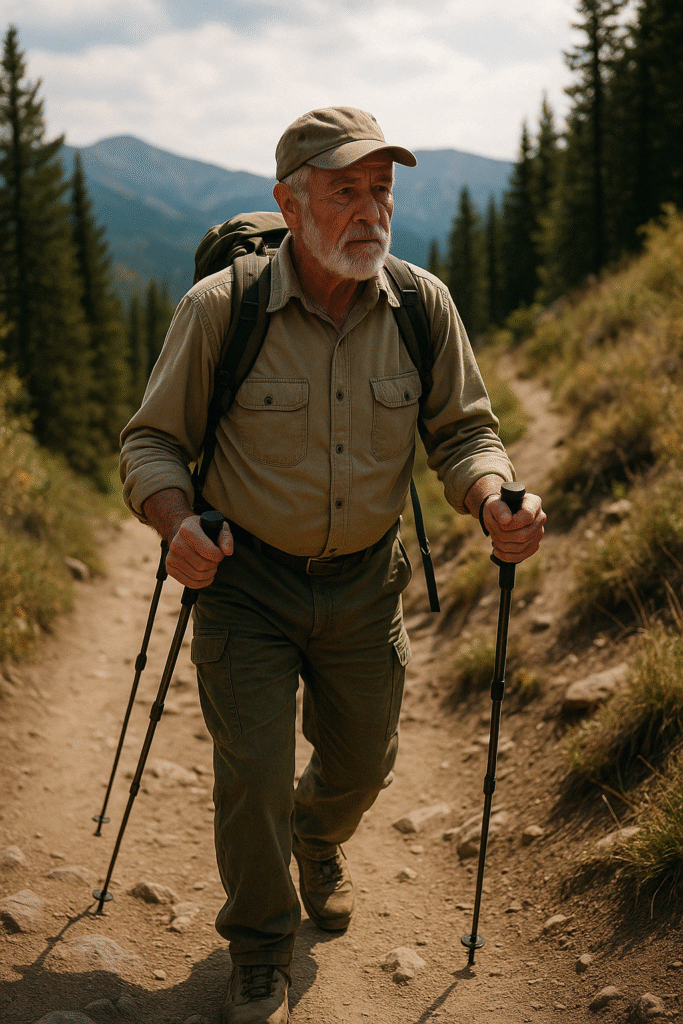
After 30 years managing trails across mountain ranges, deserts, and deep forest hollows, I’ve learned a thing or two about moving smartly through the wild. Today, I’m sharing those lessons so you don’t just get from point A to B—you enjoy the journey, conserve energy, and leave the trail better than you found it.
Know Your Terrain Before You Go
Preparation starts long before your boots hit the dirt. Topographic maps are more than squiggly lines—they’re the voice of the land, telling you where the hills rise, valleys dip, and switchbacks twist.
Before every hike, I study the contour intervals to spot elevation gains. A good trail report or chat with a local ranger can also reveal hidden challenges like stream crossings or landslides. Tools like Google Earth and Gaia GPS give you a bird’s-eye view, but never underestimate the value of old-fashioned map and compass skills. They don’t run out of battery.
Want the same map tools I used in the field? Amazing hiking maps that help out!
Reading the Trail Underfoot
The terrain beneath your boots speaks in quiet ways. A trail that starts with soft pine needles may turn to loose rock or slick clay after a rainfall. Learn to scan for those subtle changes: dark patches often mean mud, while shiny rocks on a slope usually mean trouble when wet.
I always teach the “three-point scan”:
- Footing – What are you stepping on?
- Flow – Where does the trail guide you naturally?
- Fatigue – Is the land draining your energy faster than expected?
Reading these cues lets you make micro-adjustments—changing pace, shifting weight, or picking a better line—that save your legs for the long haul.
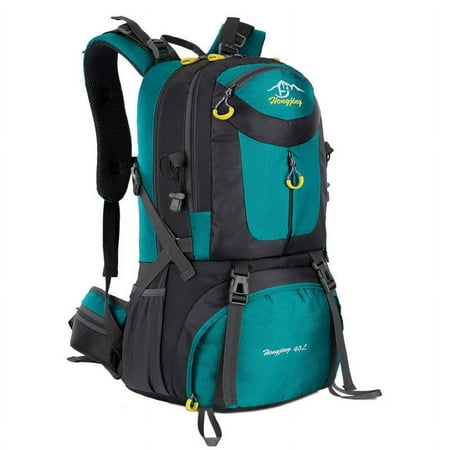






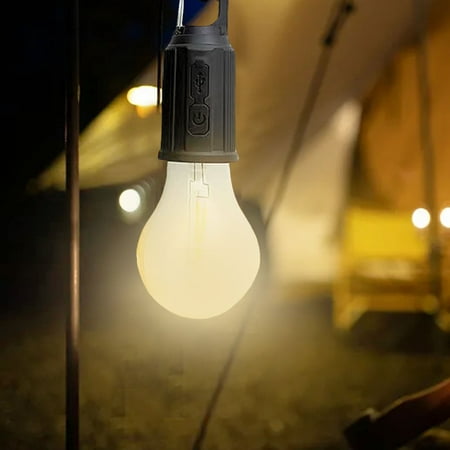


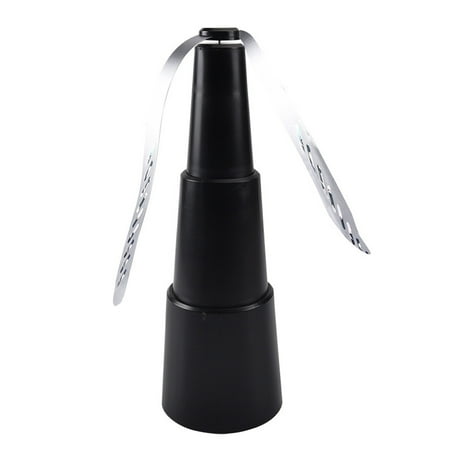









Adapting Your Gait and Gear for the Landscape
You don’t need to power through every climb. A shorter, quicker stride on uphill grades reduces strain and keeps your lungs steady. On flats or gentle descents, lengthen your stride and let gravity do a bit of the work.
Your gear should work with the land, not against it. Boots with stiff soles are great for rocky climbs, but on soft, even trails, a lightweight trail runner might be just the ticket. As for trekking poles—use them where they matter (steep downhills, river crossings), and stow them when they’re more hassle than help.
Need help picking the right hiking boots for your trails? Timberland White Ledge Mid Waterproof Hiking Boots.
Energy Conservation in Changing Elevation
One mistake I’ve seen too many folks make? Charging up the first hill like it’s a race. Hiking isn’t about conquering nature—it’s about walking with it.
Use the rest-step on long climbs: step, pause briefly with your weight on your rear leg, then step again. It sounds minor, but over miles, it saves a mountain’s worth of energy. At higher elevations, slow your breathing and focus on nasal inhalation—it conserves moisture and calms the heart rate.
Don’t wait until you’re parched to hydrate. I sip every 15–20 minutes, especially in dry climates. And snacks? Think steady—not heavy. I prefer dried fruit, salted nuts, and jerky to keep my fuel tank topped.
Don’t let dehydration sneak up on you— Water Buffalo Hydration Backpack!
Let Nature Set the Rhythm
The best hikers I’ve met are the ones who listen. They notice the way bird calls shift before a storm or how the breeze carries scents differently as elevation changes. They let these signals guide when to pause, when to push, and when to simply be still.
There’s no shame in stopping to rest under a tree or listen to the wind through tall grass. In fact, some of my favorite backcountry memories were made during those quiet pauses—not the summit photos.










Terrain-Smart Tips for Every Type of Hiker
- First-timers: Try loop trails with mixed terrain to get a feel for your pace and balance.
- Families: Teach the kids to identify different trail textures—mud, gravel, pine duff. It builds awareness and fun.
- Older hikers: Stick to soft dirt or packed gravel and avoid excessive elevation swings that strain joints.
It’s not about being the fastest. It’s about walking smart and walking again tomorrow.
Conclusion: The Trail Is the Teacher
Every step in the wild is a lesson. The land teaches us patience, awareness, and humility. Over my years as a ranger, I found that those who hiked with attentiveness—not arrogance—came away the richest.
So next time you lace up, don’t think about the miles ahead. Think about how you’ll move through them. With respect. With purpose. And maybe, just maybe, with a little ranger wisdom in your back pocket.
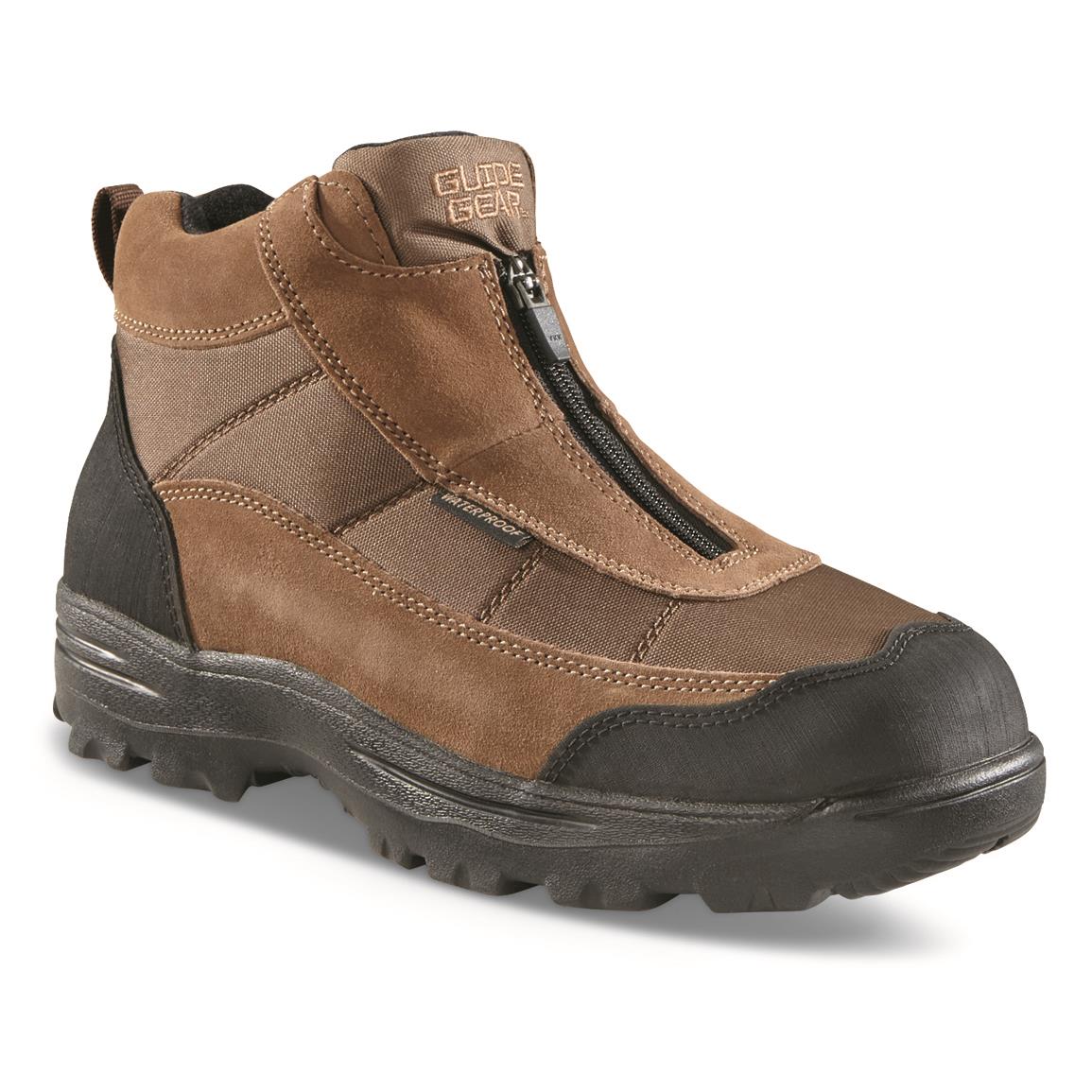
Leave a Reply